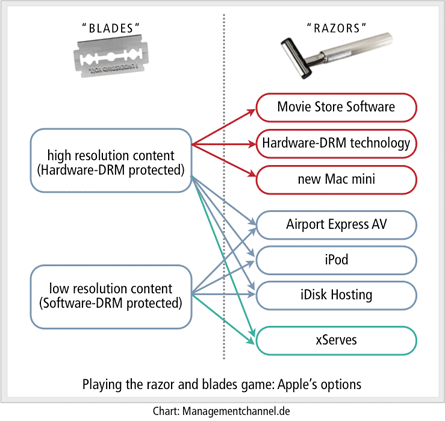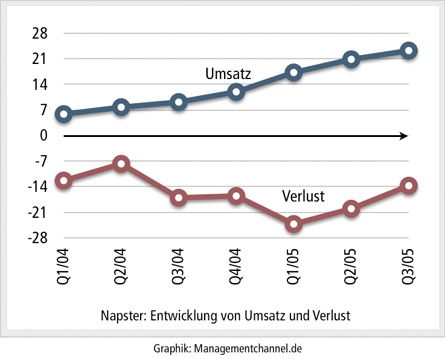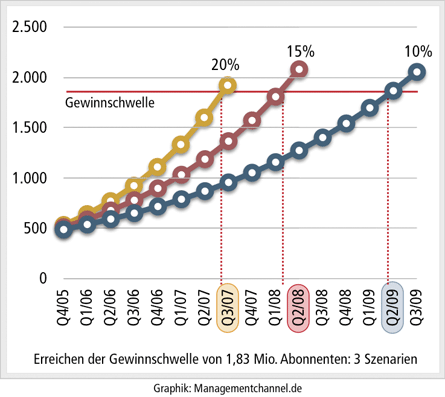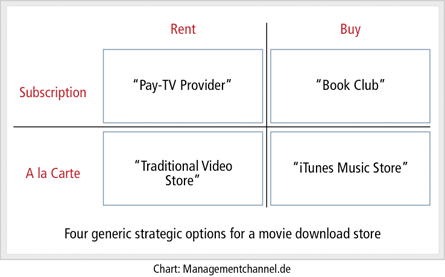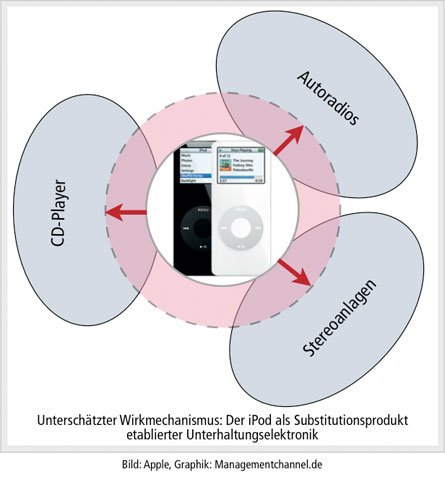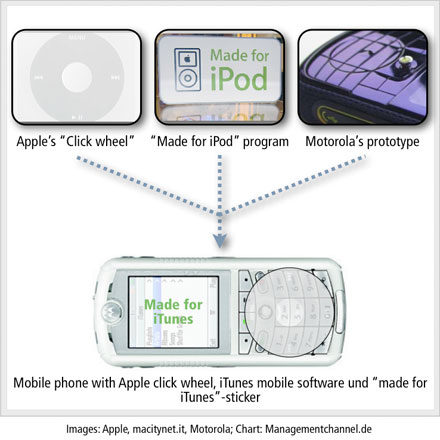Der DFB und die Entscheidung Sammer: Was Manager daraus lernen können
Februar 10th, 2006 by tobraDie Suche des DFB nach einem neuen Sportdirektor und die Entscheidung, den internen Kandidaten Matthias Sammer dem externen Kandidaten aus dem Hockeysport Bernhard Peters vorzuziehen, illustriert eins der zentralen Probleme von Unternehmen: Warum ist Innovation und Veränderung so schwierig zu erreichen?
Was ist im vorliegenden Fall passiert?
Der Deutsche Fußball Bund stellt seit längerer Zeit fest, daß man den Anschluß an die Weltspitze verpaßt hat, und würde gerne wieder aufholen, u.a. durch die Installation eines Sportdirektors, der die dafür notwendigen Maßnahmen ergreift.
Hier ist nicht der Ort zu diskutieren, welcher der beiden Kandidaten besser geeignet ist. Gleichwohl ist kritisch zu reflektieren, auf Basis welcher Argumente der Entscheidungsprozeß zu seinem Ergebnis fand: Ist es nicht sonderbar, daß sich der von außerhalb kommende Kandidat bis ins Kleinste rechtfertigen muß, daß er der Aufgabe gewachsen ist, obwohl er auf eine überragende Erfolgsgeschichte verweisen kann, während der interne Kandidat in dieser Hinsicht über jeden Zweifel erhaben zu sein scheint, obwohl er ein Zögling des bestehenden – erfolglosen!! – Systems ist? Müßte man nicht eher prüfen, warum der interne Kandidat trotzdem Innovation bringen kann, obwohl er durch die Mühlen der Organisation doch längst auf müde Linie getrimmt sein dürfte?
Das hier zu beobachtende Phänomen trägt in der Managementlehre einen Namen, es ist das NIH-Syndrom: „Not Invented Here“. Es beschreibt die Tendenz von Unternehmen (und Organisationen, Abteilungen und Gruppen), Anregungen, Ideen oder auch Denkmuster von außerhalb deshalb gering zu schätzen, weil sie von außerhalb kommen. Im Kern handelt es sich um eine irrationale Abwehrhaltung, die aber mit rationalen Gründen öffentlich vertreten wird, denn zu einem halbwegs komplexen Sachverhalt lassen sich immer scheinbar rationale Gründe finden, mit denen sich der wahre Grund – das NIH-Syndrom – überspielen läßt.
Die tieferen Ursachen für das NIH-Syndrom lassen sich der Unternehmenskultur-Diskussion zuordnen: Unternehmen bilden ein Orientierungs- und Wertesystem aus, das ihnen Identität und Sicherheit in einer stets unsicheren Welt stiftet. Neue Ideen, die dieses Orientierungssystem in Teilen in Frage stellen und als Irrtum oder mangelhaft entlarven könnten, werden abgestoßen.
Wie aber kann man sich dann trotzdem für Einflüsse von außen öffnen? Wie kann man auf Neues mit Neugier zugehen, ohne dadurch zugleich die eigene Vergangenheit und Erfahrung zurückgesetzt zu fühlen?
Bei Texas Instruments hat man sich zu einem offensiven Umgang mit diesem Problem entschieden. Man rief einen Wettbewerb unter dem Motto „Not invented here – but I did it anyway“ ins Leben. Belohnt wurden solche Projekte, in denen einzelne Abteilungen Ideen von anderen Abteilungen oder von anderen Unternehmen aufgriffen und mit Erfolg bei sich zum Einsatz brachten – gewissermaßen das Ausloben einer Goldmedaille für’s beste Abkupfern.
Von anderen Abzukupfern scheint uns auf den ersten Blick vielleicht unter unserer Würde zu sein. Aber haben Sie schon einmal über eine wunderbare Bananenflanke von Sebastian Deisler gelästert, mit der Begründung, daß er sich das bei Manfred Kaltz abgeschaut hat?
